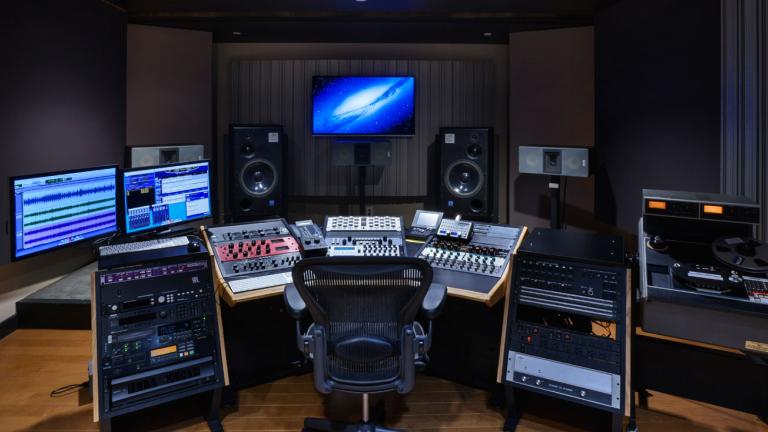Arabic music recording is a captivating journey that unfolds against the rich tapestry of a musical tradition steeped in history and cultural diversity. From the classical melodies of the Arab world to contemporary fusion genres, the process of capturing Arabic music involves a delicate balance between preserving traditional authenticity and embracing modern recording techniques.
The heart of Arabic music recording lies in the meticulous capture of intricate musical nuances. Instruments like the oud, qanun, ney, and darbuka, each with its unique timbre, demand careful attention to detail during the recording process. The use of high-quality microphones and acoustic spaces that complement the instruments’ resonance is crucial to ensure an authentic representation of the sound.
Arabic vocals, with their emphasis on melismatic ornamentation and expressive nuances, are central to the genre. Recording the human voice in Arabic music involves selecting the right microphone to capture the subtleties of vocal performance. The recording engineer collaborates closely with the vocalist to create an intimate and emotionally resonant recording.
Modern Arabic music often integrates electronic elements and production techniques, offering a fusion of traditional and contemporary styles. Recording studios equipped with state-of-the-art technology facilitate the blending of acoustic and electronic sounds seamlessly. Cultural sensitivity plays a significant role in Arabic music recording, as engineers and producers strive to maintain the integrity of the musical heritage while exploring new sonic possibilities. The result is a recorded piece that not only reflects the artist’s vision but also pays homage to the rich and diverse musical heritage of the Arab world. In the realm of Arabic music recording, the fusion of tradition and innovation harmonizes to create a timeless and evocative auditory experience.

